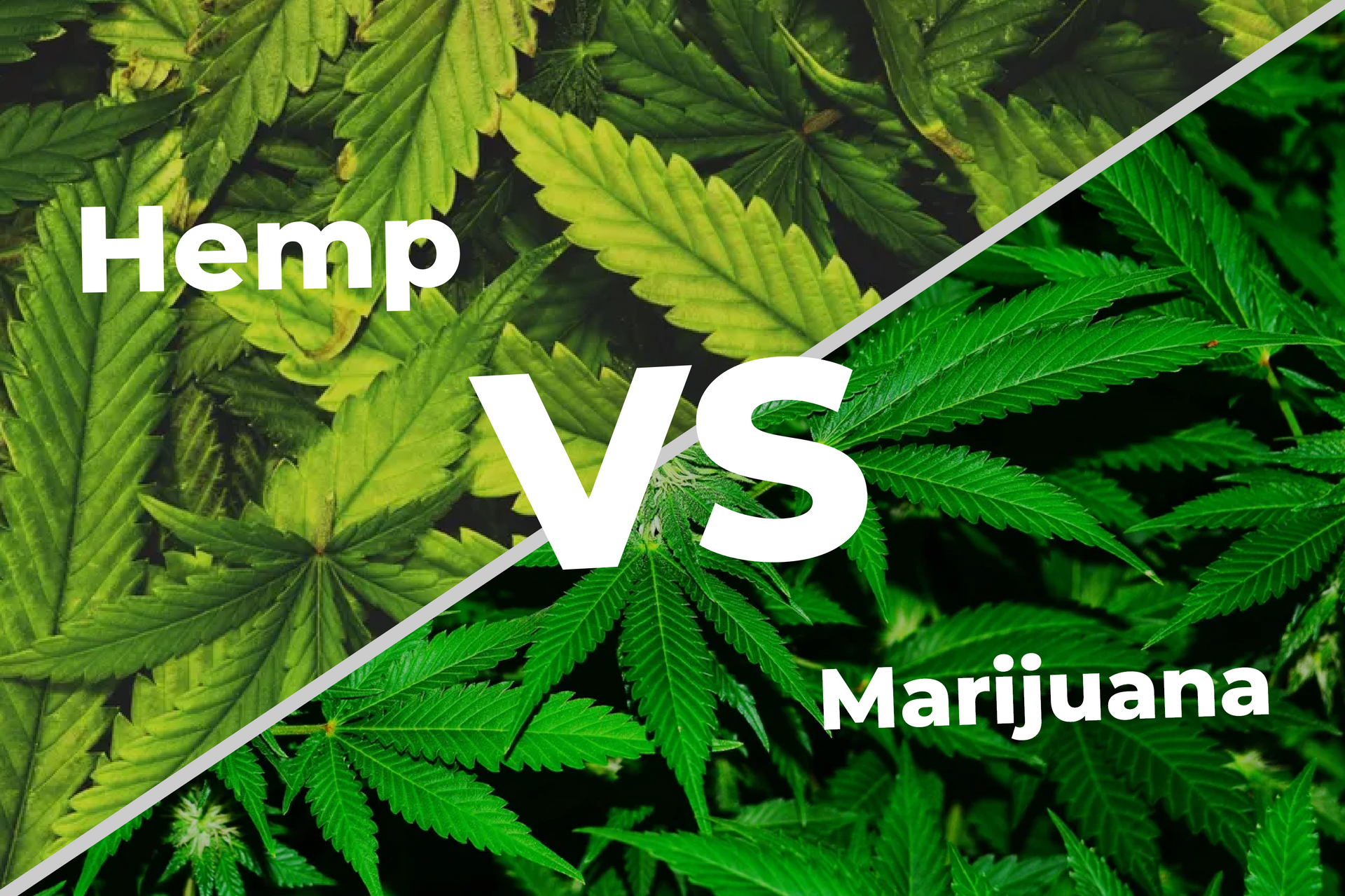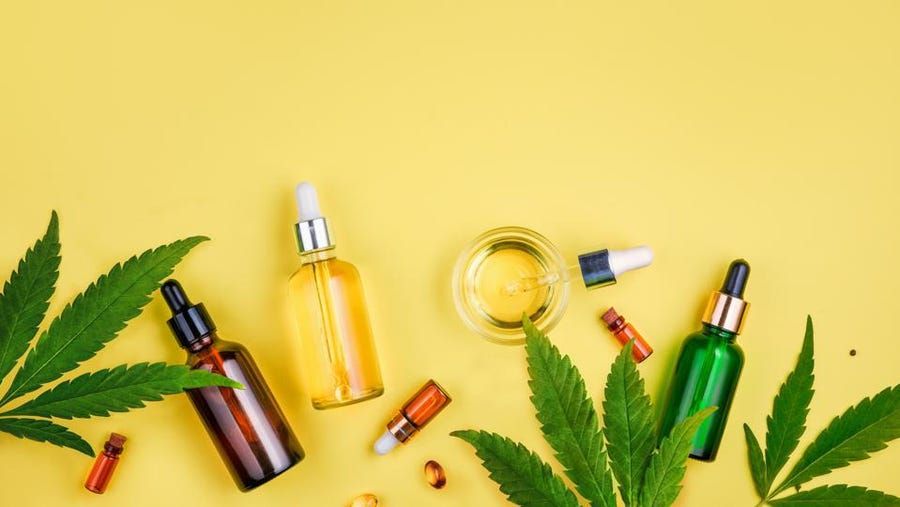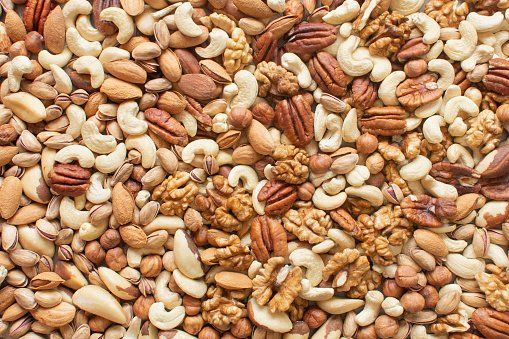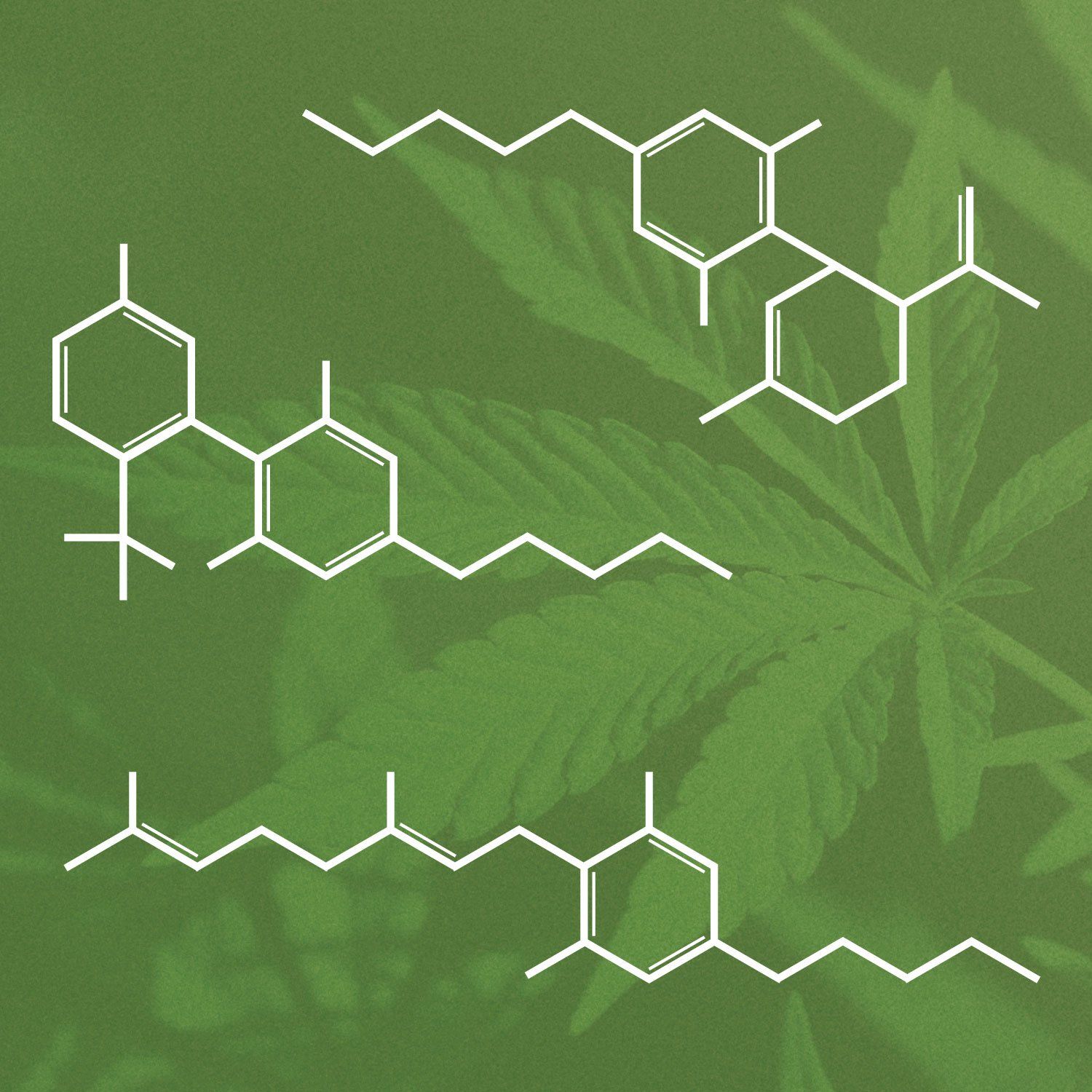Cannabis: Hemp vs. Marijuana
By Elena Norcross
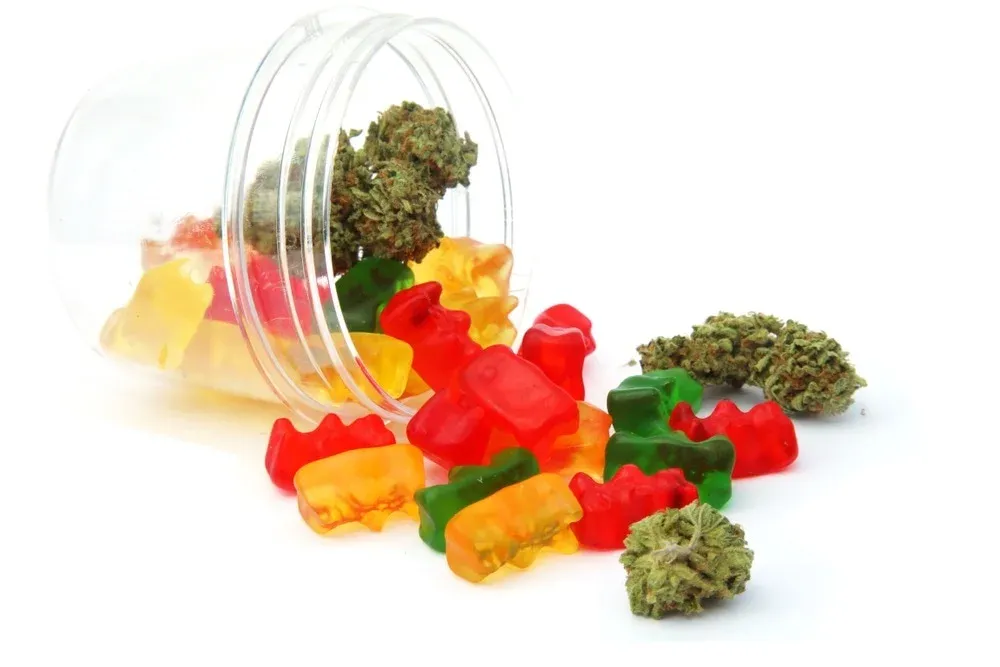
If you go inside a dispensary and ask for an edible, prepare for the next question: what kind? Chocolate, soda, discreet pills, and old reliable: gummies. Various edibles have been utilized for centuries to deliver healing benefits and relief to consumers using delicious food as the vehicle. But what exactly is an “edible”? And most importantly, once that edible passes your lips, what
happens next?
First off, cannabis edibles are any food or drink which contain cannabinoids. That quite amusing word is a catch-all for those chemical substances that join the cannabinoid receptors already in our brains and bodies. Playing on the main stage of most edibles is THC, which is the primary psychoactive and intoxicating compound in cannabis. Other cannabinoids an edible can contain are CBD (which works together with THC to get you high, but on its own offers only medicinal aid), CBN, CBG, and THCV. These are more “niche” cannabinoids that boast their own varied benefits. With these building blocks in mind, let’s look at how an edible is processed in your body.
Like any food, cannabis edibles are taken in orally and then processed in the stomach and liver. When smoking or vaping, cannabis smoke enters the lungs and is absorbed into the bloodstream. There are a few differences in the chain of events for the process of consuming edibles that make this choice both ideal for many consumers, and tricky. While you can feel the effects of smoking within minutes, the effects of an edible will kick in only after you digest and then metabolize it.
Edibles are consumed orally and processed in the stomach and liver, whereas smoked or vaped cannabis enters the lungs to be absorbed directly into the blood stream. This means the effects of edibles take much longer to kick in, as they need to be digested and metabolized first. Your digestion system and liver partially metabolize the THC into a more potent form, called 11-hydroxy-THC. After entering the bloodstream, it travels on a glucuronide compound to the brain, where it can now easily cross the blood-brain barrier. It travels faster into your brain this way, not to mention your whole body. This form of THC last significantly longer in edibles than other methods of consumption. For this reason, an edible experience is usually more potent and lasts longer than smoking your cannabis. But if you’re used to smoking and getting almost instantly high, how do you know when the edibles are “working”?
This takes a little science and a little math. Because you aren’t just inhaling smoke into your lungs, and instead relying on digestion, experiencing your edible high may take some time. This is when the infamous, and often embarrassing, stories start getting shared. Someone always “ate too many brownies” waiting for their high to begin. Informed edible dosing is tantamount to keeping consumers safe and the industry thriving. Starting slow—5 mg of an edible for folks new to consuming them—is a responsible tactic. With any edible you should wait 30-90 minutes after ingesting to evaluate your high and determine if you need more. Edible highs peak around 1-2 hours after ingesting, so keep this in mind while waiting to pop another gummy. All edibles are not created equal though. Let’s take cannabis mints as an example. Cannabis mints will produce an effect faster than cannabis cookies because mints are absorbed in the mouth and get into your bloodstream quickly that way. Cookies, brownies, and other baked goods take a longer time to digest in the stomach and the effects will last much longer. Cannabis
products like drinks and chocolates are absorbed in the mouth and stomach, thus having both faster and long-lasting effects.
A caveat to all of this is that individual metabolisms differ, and certain factors like ingesting an edible on an empty stomach can alter these times as well. While it may not seem exciting, starting low and slow actually allows you to curate your high and get what you want from the experience.
Edibles make for a great alternative to smoking and vaping, and you will avoid any carcinogens caused by the heating of the cannabis flower. The fact that an edible high lasts longer than any other form of utilizing cannabis also makes it an excellent choice for those dealing with chronic issues. Those struggling with pain, inflammation, and nausea may be good candidates for experimenting with edibles for relief. Insomnia sufferers may also achieve a full night’s rest after ingesting—due to its intensity and long-lasting effects, edibles often help them stay asleep for longer amounts of time than without using cannabis.
If you are looking for a whole other world of cannabis consumption, start talking to your local budtender about what edible may be right for you and your needs.
RECENT POSTS
